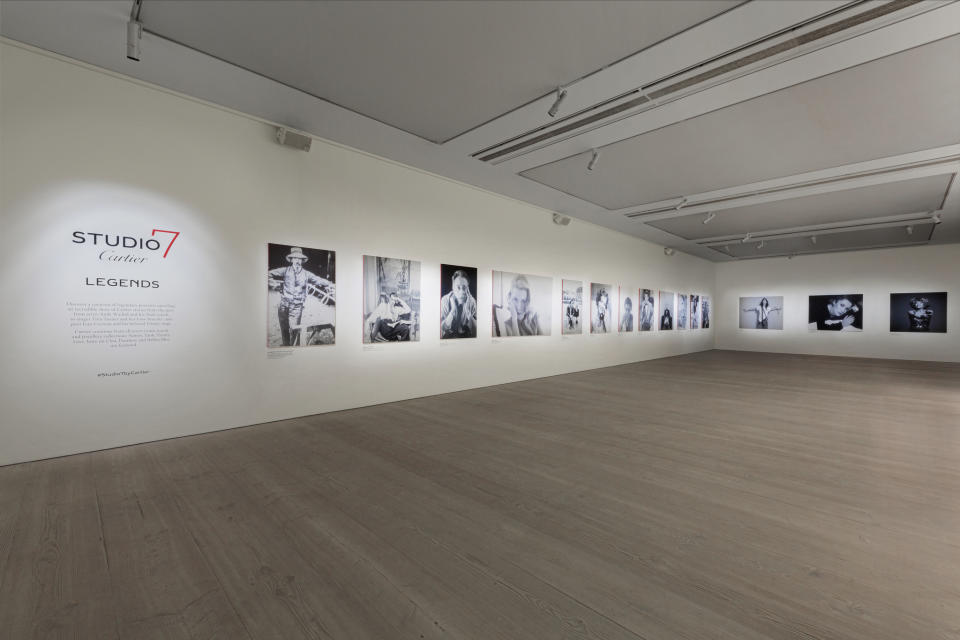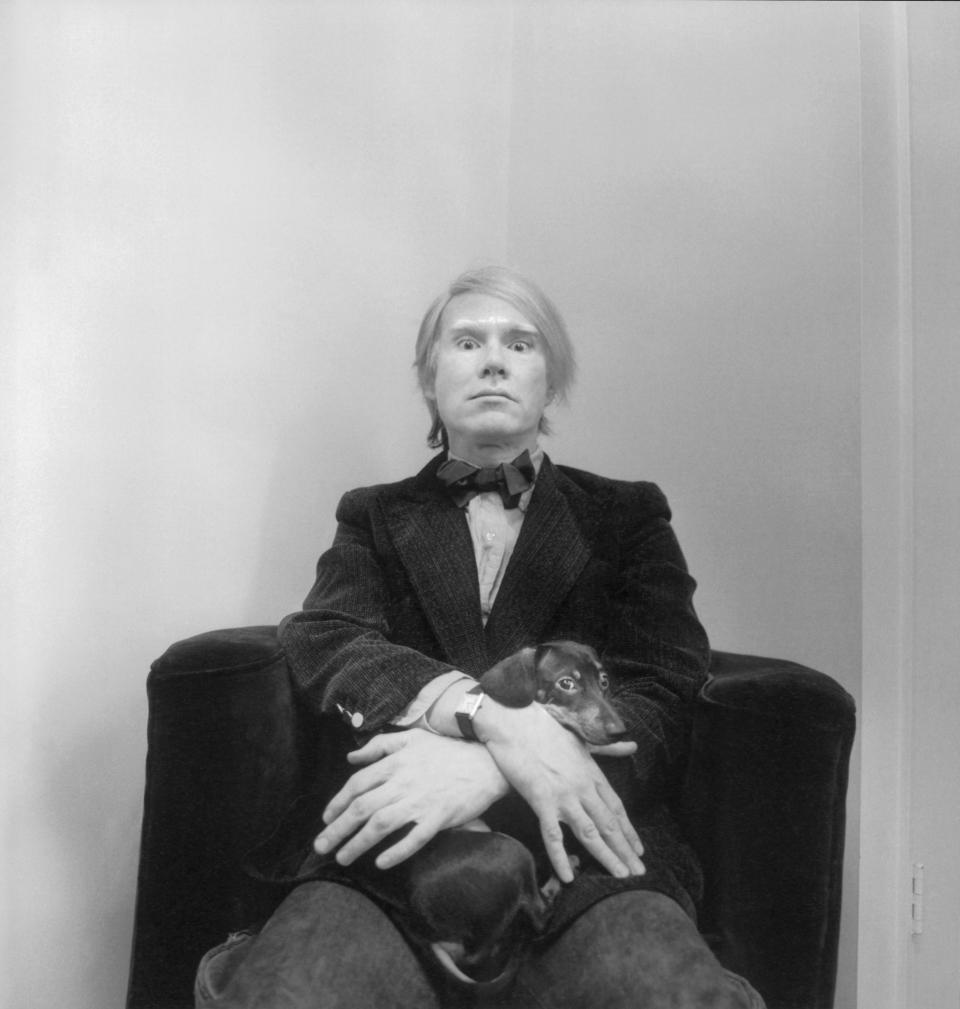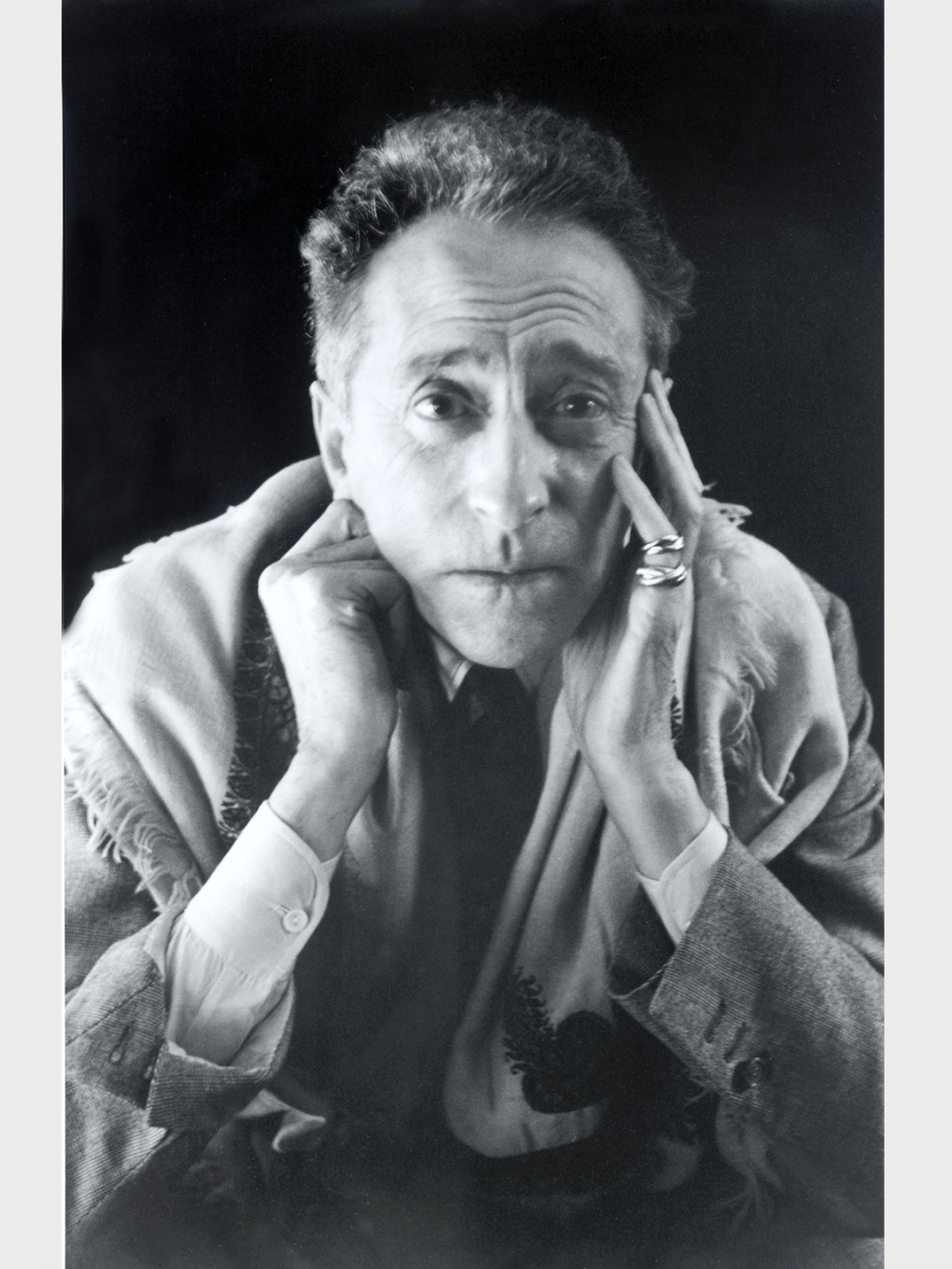Inside Cartier’s Studio 7 Exhibition in London

LONDON — Cartier has always been known as a host extraordinaire, and now that London is slowly coming back to life, it has been making a return to the social circuit.
Its latest concept is Studio 7, an interactive photographic exhibition that looks at the house’s seven best-known styles across jewelry and watches: Santos, Tank, Trinity, Love, Juste Un Clou, Panthère and Ballon Bleu.
More from WWD
The show builds on a worldwide campaign by Cartier that spotlights its signature creations. It’s a timely move, given consumers’ collective shift away from ephemeral trends and toward heritage classics.

Courtesy Photo
“In the current context, when you are facing a period of uncertainty and thinking about your life, people are going back to the core values. From a health perspective, it might mean thinking about what you eat, and what exercise you do. In the luxury world, there’s a tendency to go back to core values, core brands and the core creations,” said Laurent Feniou, managing director of Cartier U.K., in an interview.
“We are part of this extremely small group of companies with such heritage and have, not one, but a group of icons that still resonate today. So it made sense to highlight them all together in this exhibition, and add our original twist.”
The show, spread across four rooms at the Saatchi Gallery in Chelsea, is meant to highlight the enduring appeal of these creations by showcasing them on celebrities, friends of the brand and clients over the years.
The first gallery showcases a series of historic black-and-white portraits — Andy Warhol with his Tank watch, Jean Cocteau and his Trinity ring, Tina Turner with her Love bracelet — alongside some of the earliest iterations of the designs. There is a Santos watch dating back to 1916, and one of the first Love bracelets from 1969.

Courtesy of Cartier
A second gallery focuses on the present day, with a series of new portraits shot by Mary McCartney and featuring modern-day brand ambassadors and friends in a Cartier design of their choice.
The intimate black-and-white images are projected on a floor-to-ceiling screen “for a full immersive experience.” McCartney has captured actresses Emma Corrin and Vanessa Kirby; boxer Ramla Ali; milliner Stephen Jones, and the director and actor David Oyelowo.
“We are completely inspired by these photos and they magnify this connection of past and present. Just like we created these legends in the past, we wanted to replicate that for today and to create new memories,” added Feniou, who is always looking to create long-term relationships with talent, and to capture “the icons of today.”
Showcasing the house’s famous friends wasn’t Cartier’s only priority. The brand also worked with McCartney to set up a makeshift photographic studio within the gallery where customers can come in wearing their own Cartier pieces and get their pictures taken by emerging photographers who have been handpicked and mentored by McCartney.
Those portraits will later be exhibited in a moving display in the fourth and final gallery of the exhibition.
“It was really important to make this engaging for our important clients and to make sure they can see themselves in the exhibition,” said Feniou, adding that he also sees an opportunity to meet the company’s growing community of online clients for the first time.

Courtesy of Cartier
“In a way, they are already connected with us, but they are only connected digitally. We want them to participate physically in some of our events, which doesn’t necessarily mean coming to the boutique.”
Feniou added that the Cartier designs foster a sense of familiarity, which, during the pandemic, translated into strong online sales.
Cartier was a relatively early adopter of online sales, with very successful launches on Net-a-porter, its sister company in the Richemont stable, and through its own e-commence platform.
According to Feniou, the early move to online meant the team was “well-prepared for the shifts” that the pandemic imposed, with sales associates moving swiftly to the virtual chat realm, and a renewed focus on local clients.
“Virtual chats created sales at the time, but they also created relationships, which can be built now that the clients are back in stores,” he said, adding that since London’s reopening, the brand’s Bond Street flagship has been seeing fewer casual visitors and taking more appointments from clients who are arriving prepared, and who are spending more time in the store.
In the first quarter ended June 30, Richemont’s jewelry houses, of which Cartier is the largest, notched a 38 percent uptick in revenue compared with the corresponding period in 2019, pre-pandemic. At constant exchange rates, revenue grew 43 percent to 2.52 billion pounds in the three-month period. Richemont’s jewelry portfolio includes Cartier, Van Cleef & Arpels and Buccellati.
Sign up for WWD's Newsletter. For the latest news, follow us on Twitter, Facebook, and Instagram.

